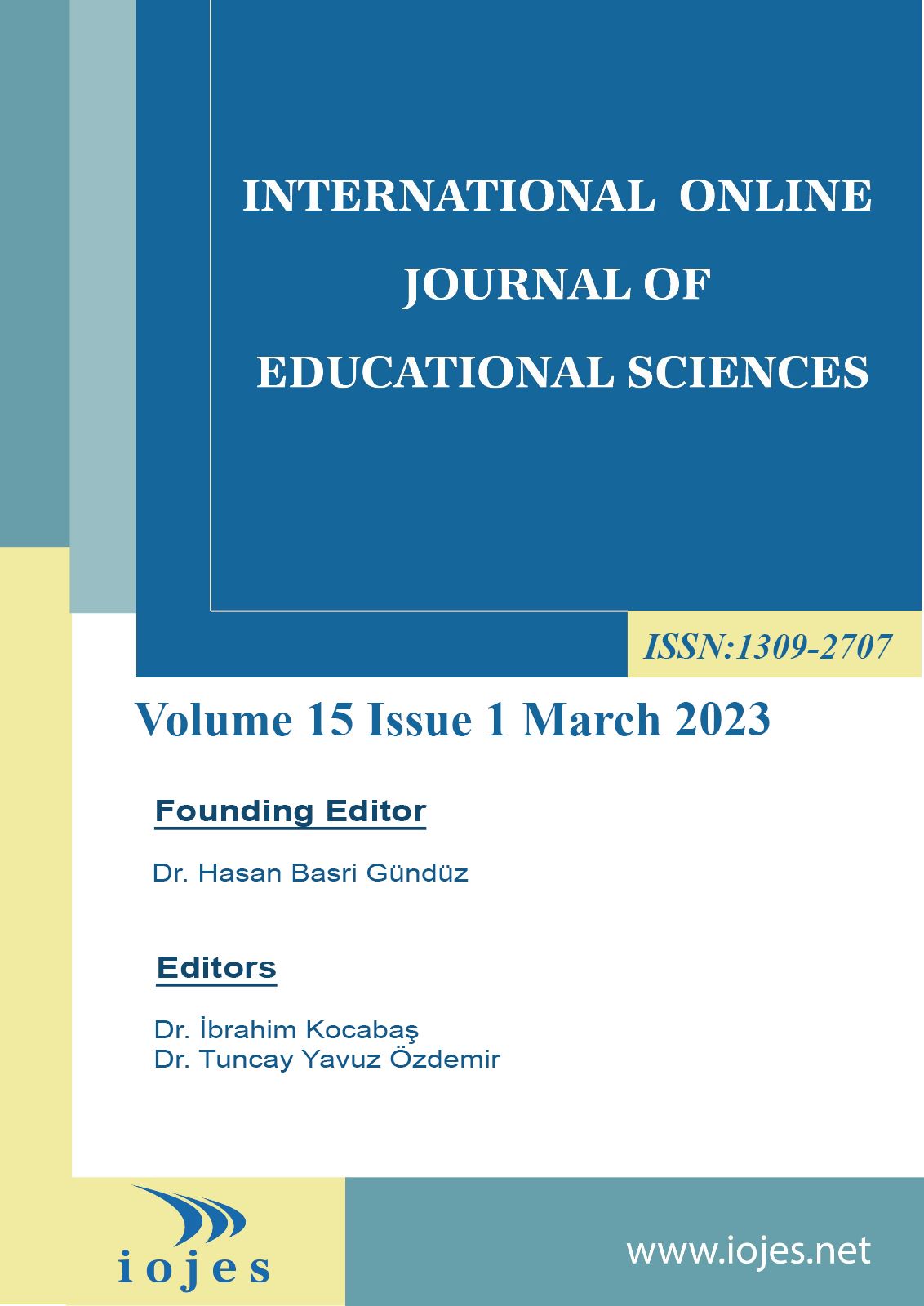Author :
Abstract
Keywords
Abstract
The aim of this research is to determine the self-efficacy and collective efficacy levels of classroom teachers and the relationship between these competences. For this purpose, 314 classroom teachers working in the city center of Batman in the 2021-2022 academic year were taken as a sample to represent the universe. During the data collection process, the Teacher Self-Efficacy scale was developed by Tschannen-Moran and Hoy (2001) and adapted into Turkish by Çapa, Çakıroğlu and Sarıkaya (2005), and Collective Efficiency scale was developed by Goddard, Hoy and Woolfolk-Hoy (2000) and adapted into Turkish by Kurt 2009. scale is used. By looking at the distribution and homogeneity of the data obtained during the analysis of the data, t-test independent of parametric tests, one-way analysis of variance, Pearson Product-Moment Correlation analysis and Mann Whitney U test, one of the nonparametric tests, were used. As a result of the research, it was revealed that there is a low level of relationship between the professional self-efficacy levels of classroom teachers and their collective efficacy perceptions. In addition, while the professional self-efficacy and collective competencies of teachers do not reveal a significant difference according to the gender variable, it is seen that there is a significant difference according to the experience variable.





